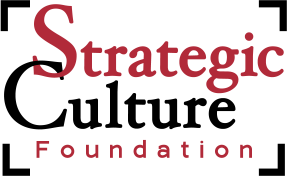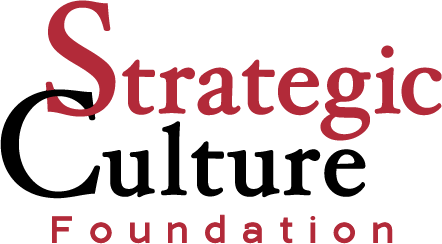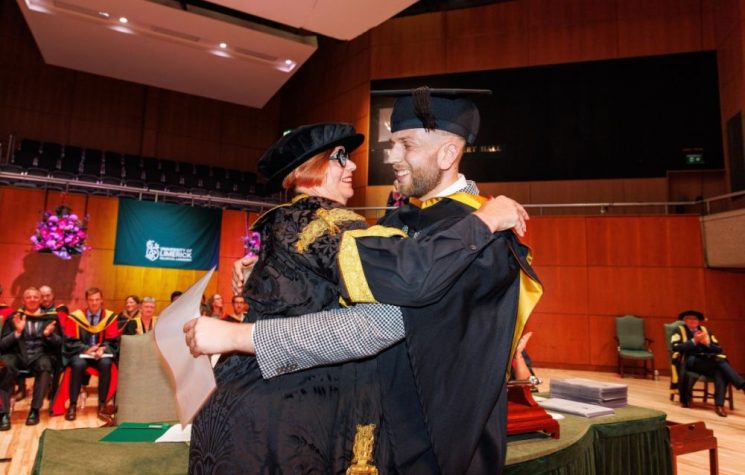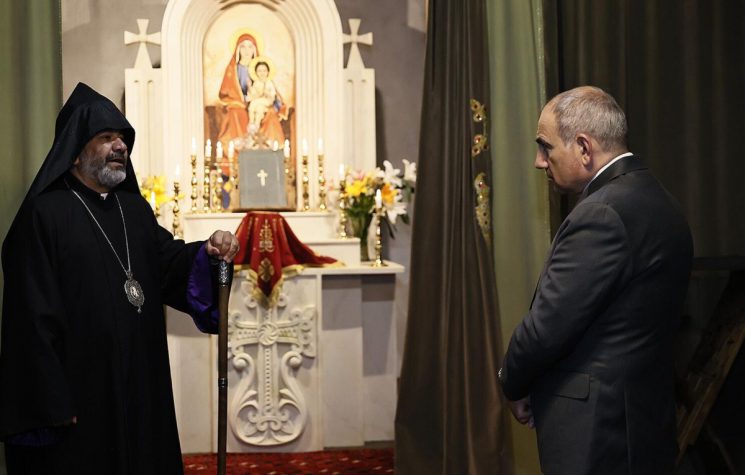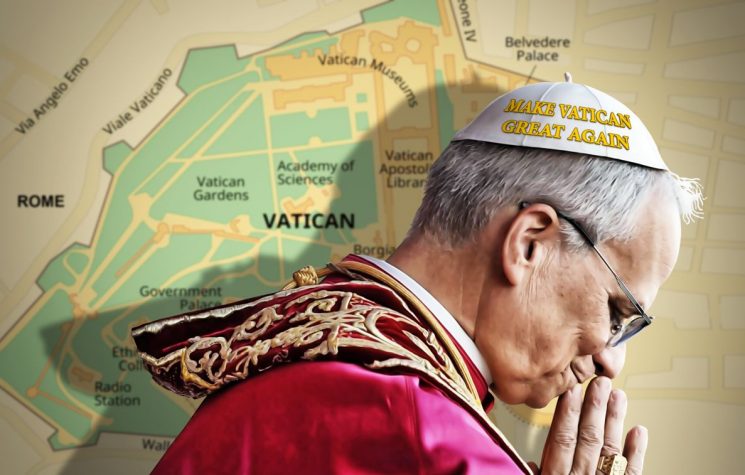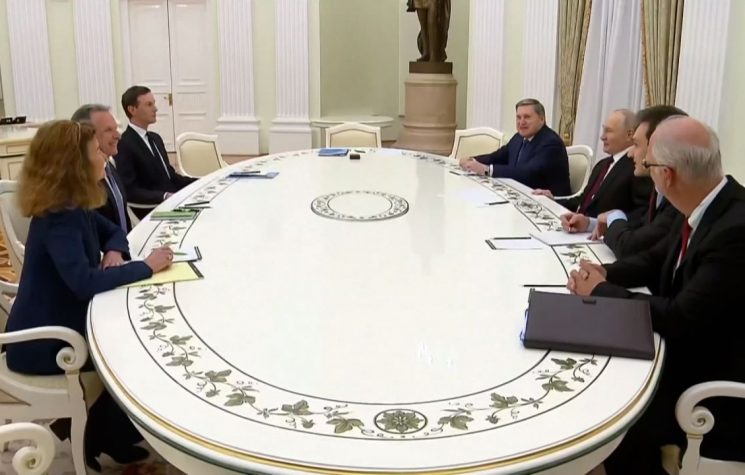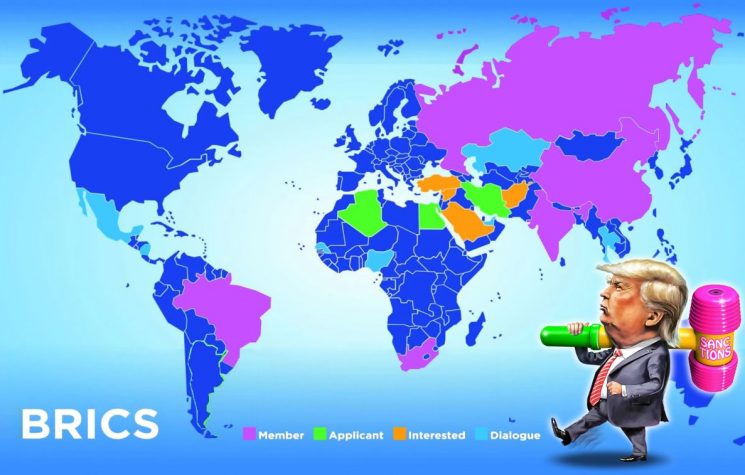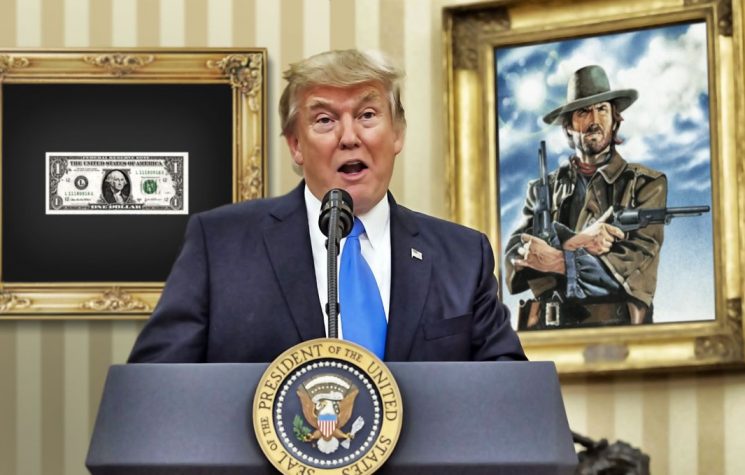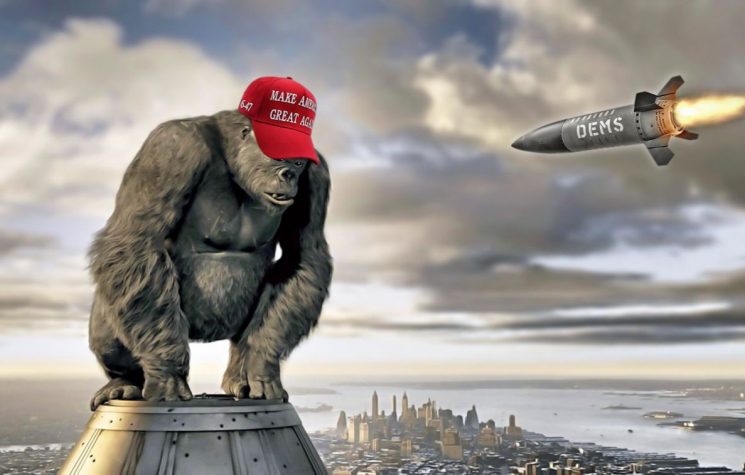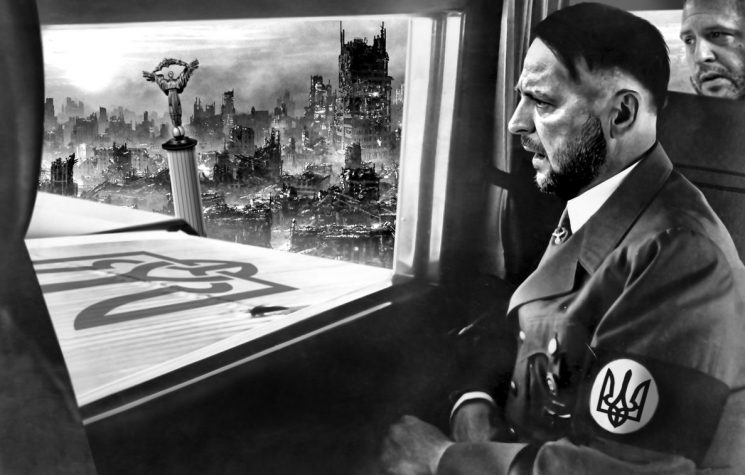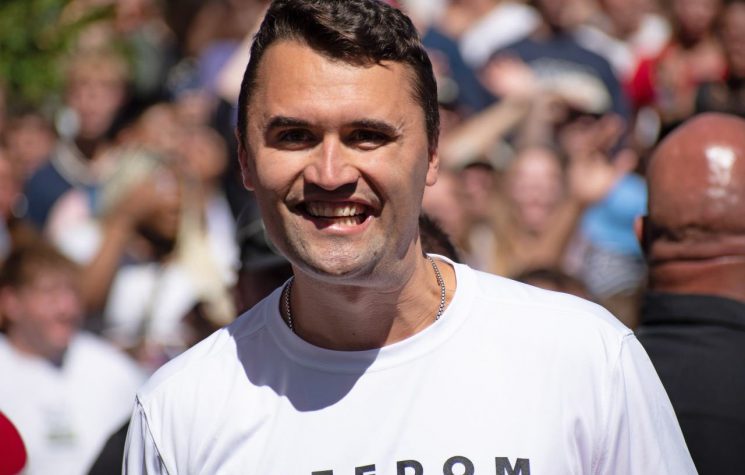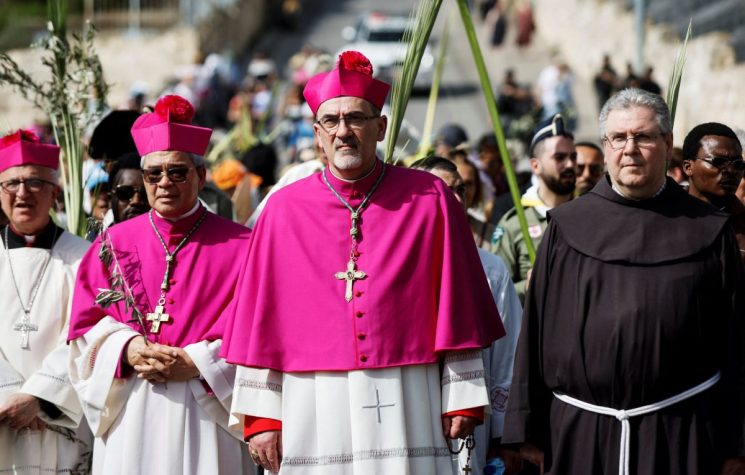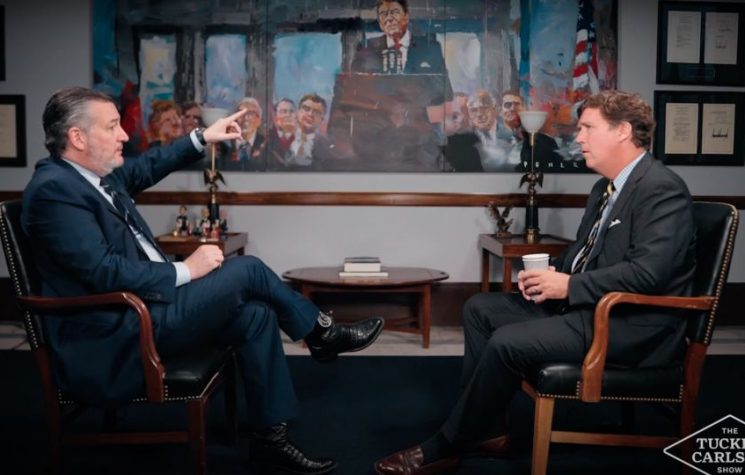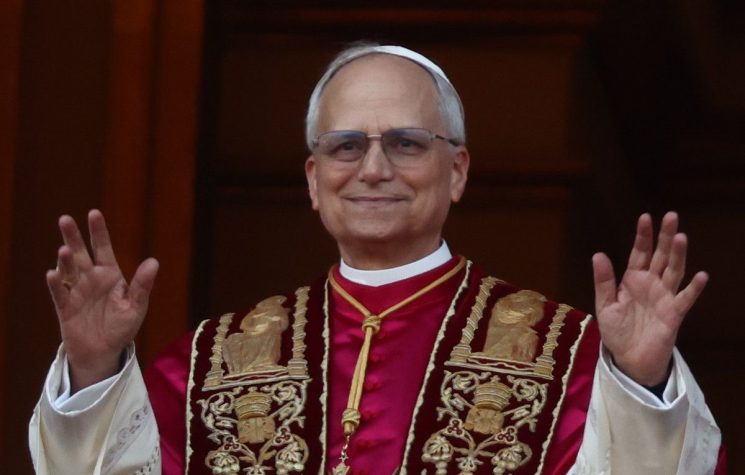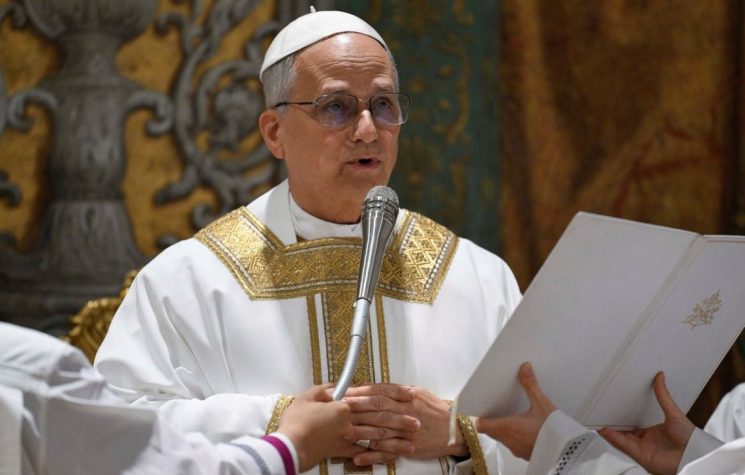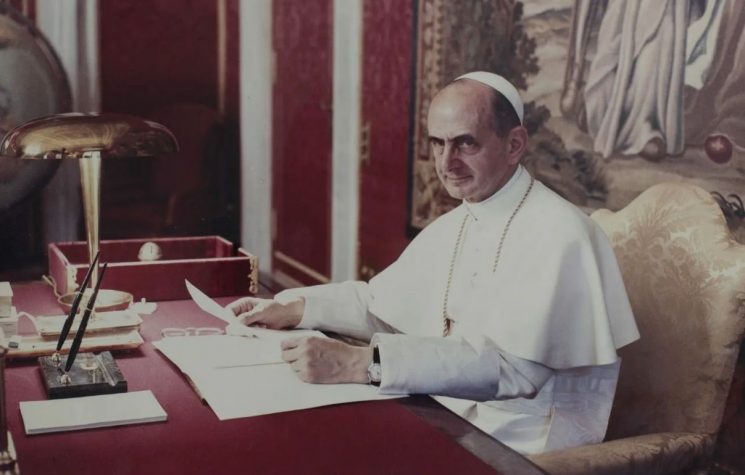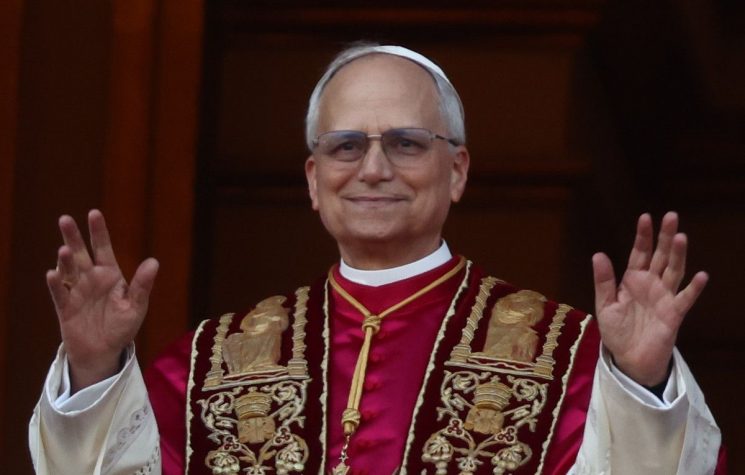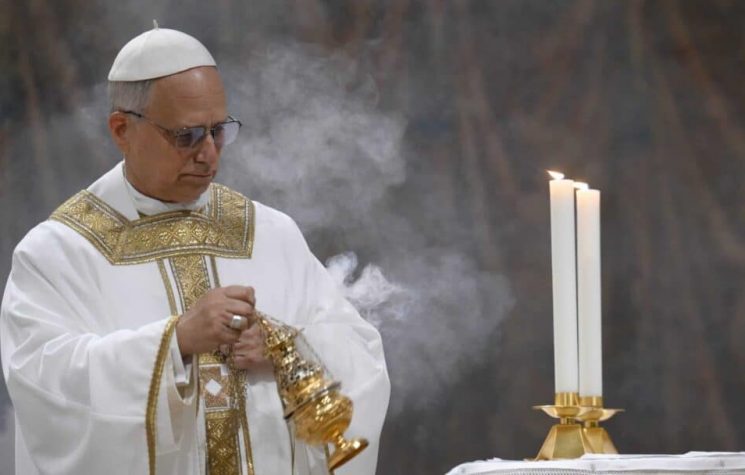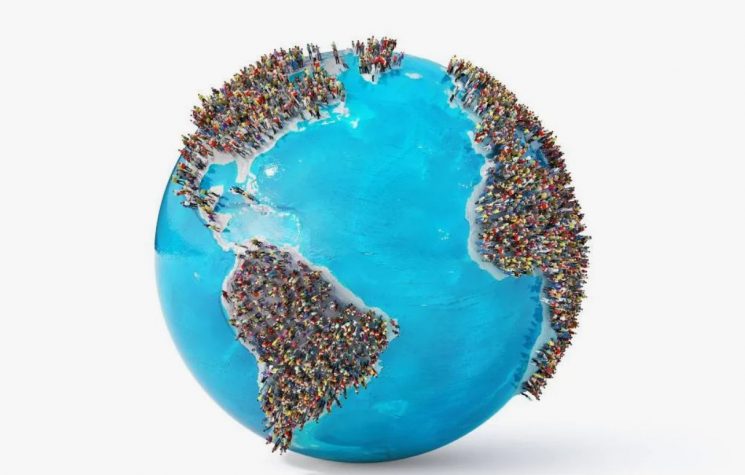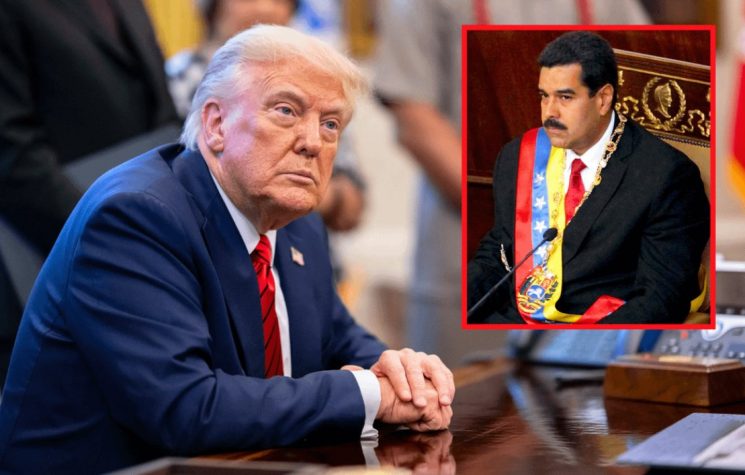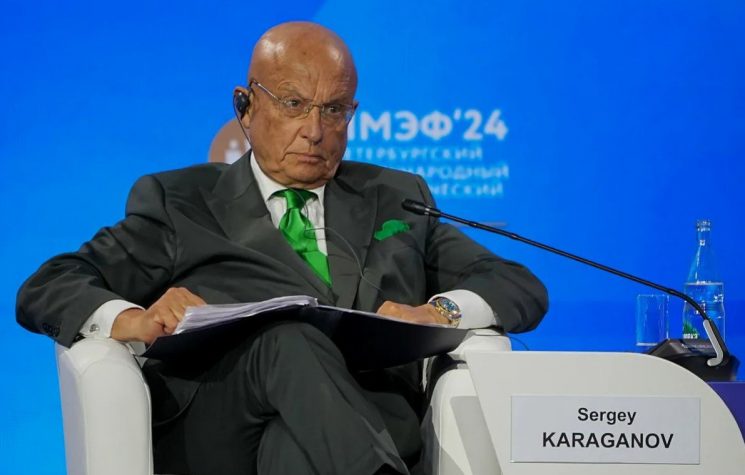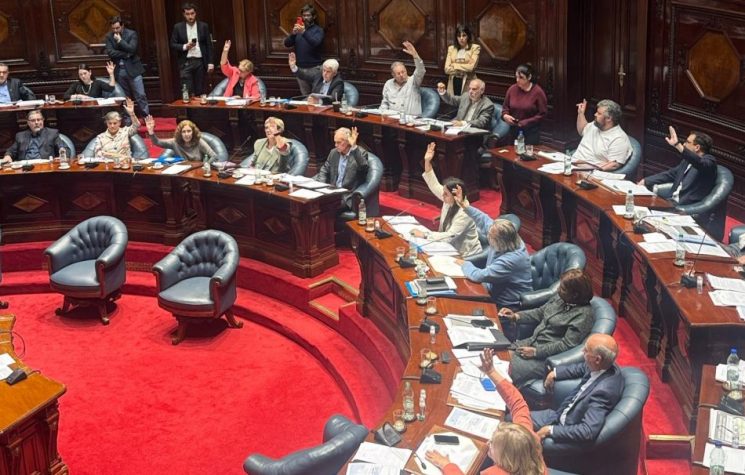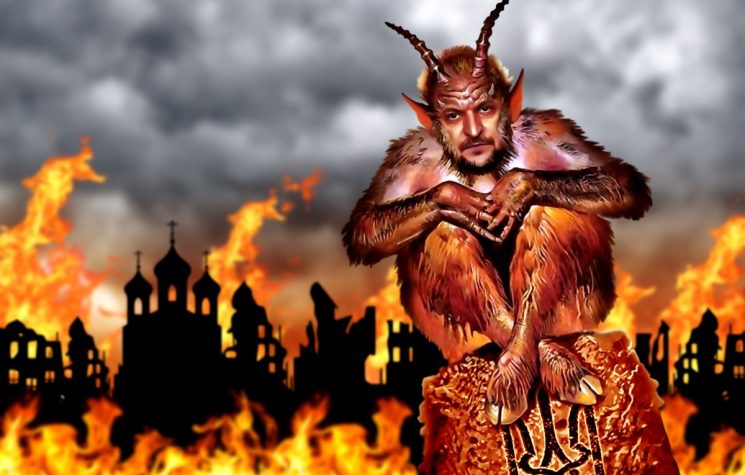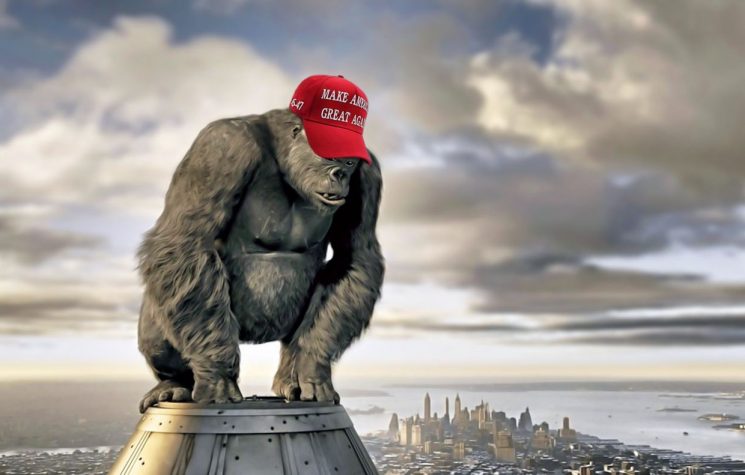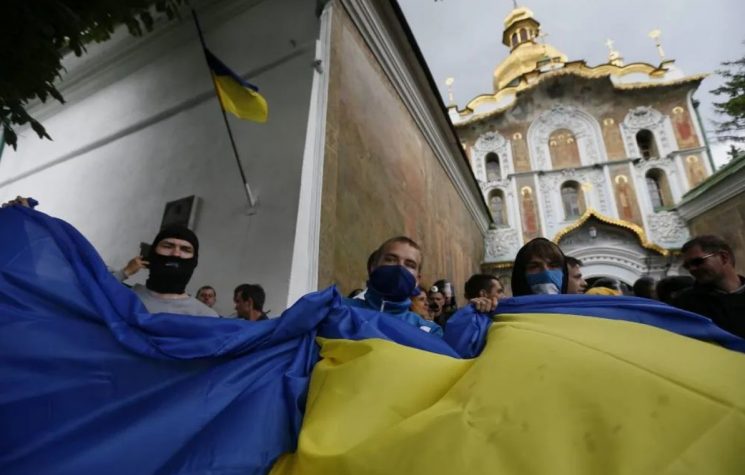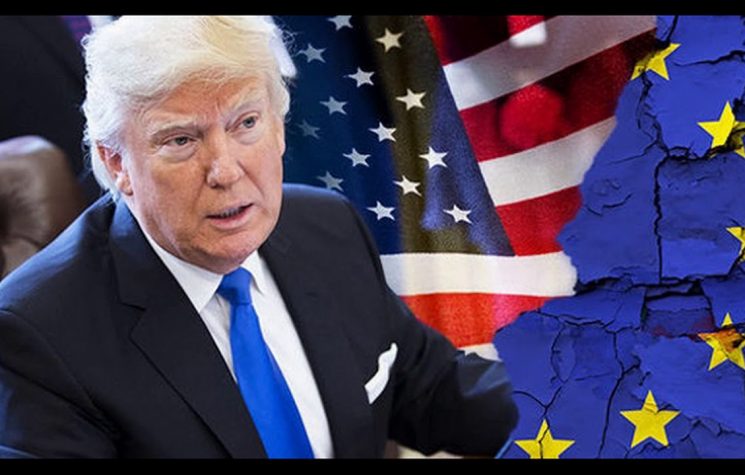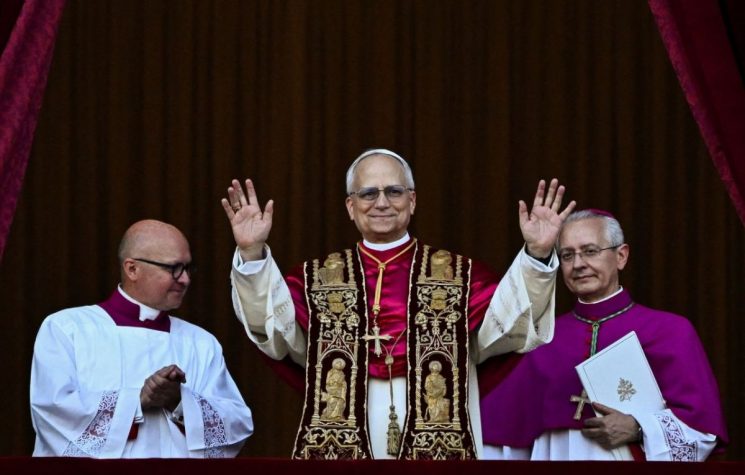Let us hope that his appreciation for the Catholic Social Teaching will serve to shake the liberal Malthusianism that Anglophones call “conservatism”.
Contact us: info@strategic-culture.su
If the cardinals had elected a Chinese pope, many articles would have appeared in the press discussing the historical importance of electing a persecuted religious minority in the country. The problem is that we have become accustomed to a kind of pan-Christian rhetoric that pits the free West against the totalitarian East. In this framework, the opposition between Catholics and Protestants appears as a historical issue that has already been resolved; and even when this antagonism is presented, the Catholic Church always appears as the oppressor and the Protestants as the oppressed.
However, there are two important countries in the West where Protestantism was unequivocally the oppressor and Catholics were the oppressed. These two countries are England and the United States. If in England the persecution of Catholics was extremely harsh and bloody (because the religious issue was also an issue of succession, with the divorce of Henry VIII), in the United States religious tolerance did not prevent anti-Catholicism from being an ideology that shaped national identity. Thus, the mere election of an American pope was important in shaking the identity forged by the WASP elite.
The Unamerican, Enemy of the American
In his work Liberal Suppression, jurist Philip Hamburger also revisits US history in an atypical way. Everyone knows that the Ku Klux Klan was rabidly racist, but few remember that the organization was, above all, anti-Catholic – and that its anti-Catholicism stemmed from both its form of nativism and “theological liberalism”. Protestants in the US were divided into fundamentalists, who clung to the letter of the Bible, which in their eyes did not have an interpretation subject to much controversy, and liberals, who rejected all forms of authority and claimed that each man or woman should interpret the Bible for themselves. Well, this radical subjectivism is closely linked to political liberalism, since it advocates atomization. Any institution with intellectual authority is abominable, because this is an indication that the individuals who compose it lack critical thinking. It goes so far that, for some of its defenders, there should not even be Protestant churches; instead, there are associations of people who have reached the same conclusions on their own.
Thus, the criticism of Catholics by nativists (including the Klan) was that they lacked critical thinking, because they repeated the dogmas of the Church, and that they were Unamerican, both because they submitted to a foreign authority (the Pope) and because being American meant thinking for oneself, being free, etc. (I have already discussed this subject in more detail here.) But, ironically, the country which subjects Americans because of their religious beliefs is Israel.
This conception was far from being exclusive to radicals like the KKK. Since the 19th century, Harvard had been dominated by Protestants of the denomination that promoted liberalism in the United States, Unitarianism. Imbued with this view, the American elite created legislation that imposed censorship and omission of political participation on exempt philanthropic organizations – which typically included confessional schools. It was a war on “Catholic indoctrination” that, on the one hand, included taking away tax exemptions from confessional schools and promoting Protestant’s public schools as essential to the formation of truly American citizens. Philip Hamburger even mentions that desegregation campaigns targeted segregation between Catholics and Protestants (promoted by Catholic confessional schools) more than racial segregation (which, by the way, did not exist in Catholic schools…).
With the advent of communism, all the anti-Catholic machinery could be used against the communists, the new Unamericans of the time.
He is Creole, but he is American
The photo of signs with the phrase “Race mixing is communism” in a protest against racial desegregation in the USA is famous.
One of the few things that communism has in common with Catholicism is the universalist sense of a human community. Like the Catholic, the communist does not divide the world into racial groups with distinct destinies. Instead, historical communism implied support for third-world nationalisms during the decolonization of Africa and Asia. From a philosophical and doctrinal point of view, Catholicism went further in its opposition to racism than communism, as it agreed to take on the label of “obscurantist” when science, in unison, legitimized racism and eugenics. Another way to compare the communist view with that of Catholicism, contrasting it with that of Calvinism, is to compare the way these groups treat Jews: the former treat them as people to be converted and assimilated into the body politic, while Calvinists (like many Jews) see them as a distinct racial group, with the right to a separate nation. Historically, the US has not seen blacks and Jews as belonging to their nationality; instead, WASP Americans have been enthusiastic (like the English) about the prospect of sending them “back” to Africa (see Liberia and Sierra Leone) or to the Holy Land (with the Zionist project). According to this deeply racist view, a descendant of blacks would never be an American like the WASPs. Instead, a single drop of black blood would make a mixed-race person forever black and, therefore, a second-class citizen.
The confrontation by blacks of Protestant background included Pan-Africanism, which is nothing more than a “return to Africa,” and black separatism, a project in line with that of white supremacists. Rev. Martin Luther King was, in fact, a bolt from the blue. (As for communists, the Black Panthers were an unstable ideological hodgepodge that had its periods of rapprochement with more than one branch of communism – even North Korean! However, we can say that the only lasting thing was the racial character, something that brings it closer to Zionism, which was once aligned with the USSR even though it was not communist.)
Well, Leo XIV’s dark complexion is due to his Creole, mulatto ancestry from Louisiana. According to the Jim Crow system, perpetuated in the politically correct era, Leo XIV would be black or African-American. The New York Times even asked the pope’s older brother to classify themselves as black, but it was rejected. And the Pope has simply become an American within the United States, even with his long stay in Peru and greeting in Spanish.
A new UnWASP American identity
Robert Prevost is American because he was born in the United States, and that’s it. He is not white, he is not Protestant, and he is an American without a hyphen. Suddenly the United States accepted this criterion of nationality that is common in Latin America, with which he identifies so much: an America of Catholic and mixed race formation, because in its foundations it believed that the national destiny is shared by all, without distinction of race.
This UnWASP American identity is a humanitarian advance, because it is contrary to Manifest Destiny, which prophesies the growth of the United States based on ethnic cleansing and racial supremacism. This type of thinking is so ingrained in American culture that even a father of the Social Gospel, Josiah Strong, believed that the United States would fulfill God’s plan to repopulate the earth with a superior racial stock, and that Protestantism was an indication of racial superiority. (These ideas are included in the 14th chapter of Our Country, from 1885.) In other words, even the Christian movement that was concerned with the material condition of the worker only did so within the particularism of race – much like left-wing Zionism and Nazism.
Last but not least, Leo XIV will be a conservative force that values social justice, something that, within the Anglophone intellectual tradition, is like a square circle (it is worth remembering that Chesterton spoke of conservatives in the third person, and spoke badly of them). Let us hope that his appreciation for the Catholic Social Teaching will serve to shake the liberal Malthusianism that Anglophones call “conservatism”.
